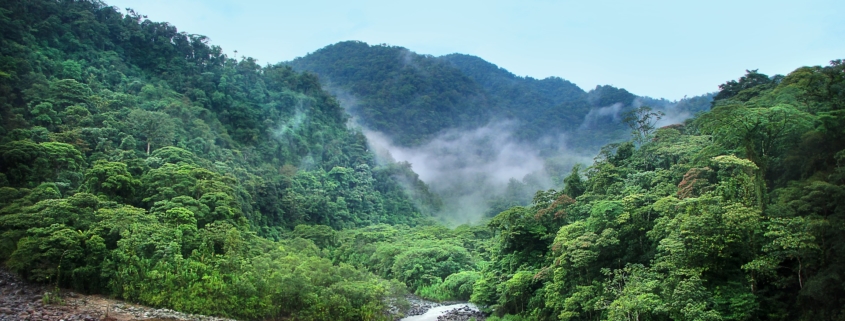The Secret Behind Costa Rica’s Remarkable Green Transformation
Aldo Sánchez surveys a field of lofty banana trees with cacao plants bursting with fruit nestled beneath them. “Two and a half years ago, this was pure pasture,” he says. Indeed, his neighbor’s field is just grass.
Four decades ago, a swath of land including Sánchez’s farm in Jabillos in central Costa Rica was deforested to plant coffee. It was later turned over to cattle, but ranching dried up when prices collapsed. Cacao — the raw material for chocolate — had not been planted since the late 1970s, when the monilia fungus destroyed 80 percent of the national crop.
“Even 10 kilometers [6 miles] away, people couldn’t believe we were planting cacao because the last people to do that were their grandparents,” Sánchez says.
His farm is a successful example of agroforestry — the sustainable combination of crops with trees — that is complementing Costa Rica’s remarkable reforestation in the past three decades.
Today, with exuberant tropical vegetation cloaking its countryside, it’s hard to imagine that the Central American nation of 5 million people could once have been any greener.

